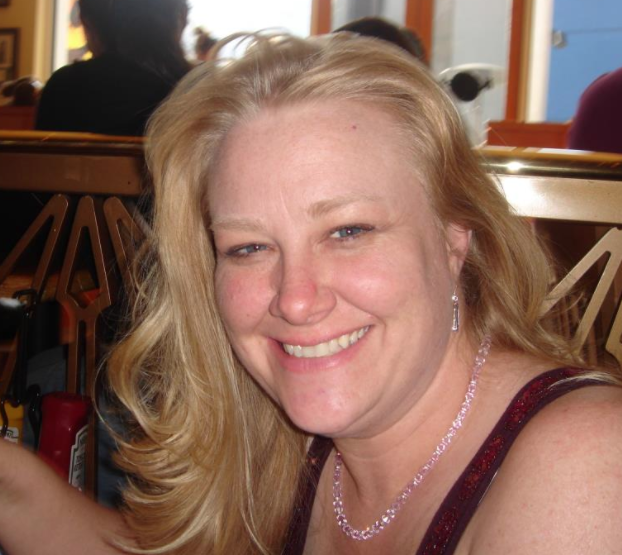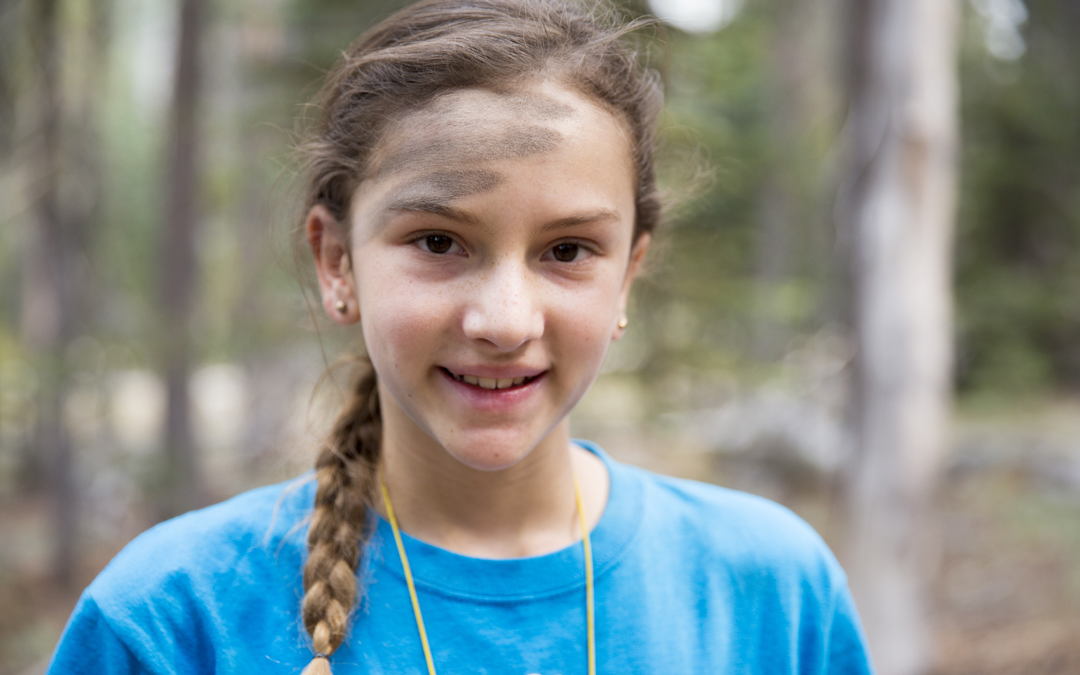Community service is a core part of the Essential Girl Scout Experience. And there’s no better way to serve your community than by having the girls take the lead when it comes to planning and running an event. Having a girl-led troop not only helps girls learn to make choices, but it also shows them that many things are possible when you work together.
Save it for later!
Going from learning to plan to a successful event wasn’t simple though. Over eight months, our troop took their community service idea of teaching the community about butterflies to a new and epic level. The project started out simple but as the girls got excited and the leaders understood what a difference the girls could make, it became clear, this was not going to be just any ordinary troop adventure. The most important elements to their success were helping them believe that their voices matter, eliminating “can’t,” learning leadership skills, dealing with failure, and critical thinking and responsibility.
Teaching Girls Their Voice Matters
When we began the project, we needed a simple method to allow our large troop of 22 girls all be able to have their voices heard. Using post-it notes, the girls wrote their ideas down and stuck them onto a big a sparkly piece of cardboard. We kept this board out for girls to add things as they liked for two more meetings, which allowed them to “change their minds” or add more information to their idea.
There were tons of ideas—in fact, after our first round, we had over 45 ideas on our list! What stood out most was that the girls wanted to learn to plan and be in charge of “important things” like badges, projects, and parties.
Understanding what girls want to do is the first step; your job as a leader is to balance challenge with reality, helping match their ideas with feasible opportunities. No ideas were turned away. If they wanted something big or expensive like “go to Disneyland,” we discussed what it would take to do that and if that possible. We also discussed the “why” behind the idea. Often times the why has to do with having fun or having a feeling. We talked a lot about how we could create that feeling without spending all that money.
Why You Should Eliminate “Can’t”
We never said, “can’t” but instead worked on creating ideas that matched the “feelings” they wanted. By focusing on the “feelings” they wanted to have, we created goals. Once we understood what they wanted to do and why, we began asking them what we would need to do to make these ideas happen. We discussed what the word “can’t” can do to your motivation and planning, and why changing your mindset is key to solving obstacles.
Suddenly the whole troop had a new mindset. Many girls said we needed to try things to figure out what we liked most. They were very concerned with things being within the skill sets of all the girls in the troop. Eliminating “can’t” made the girls think about how other girls might feel when they are challenged with something big.
This sparked some great conversations on how it feels when you are not successful or not get what you want. This led us to plan a number of ideas for badges that we knew we could do and those that we had no idea if they would really work. Failure was possible, but we helped the girls understand that’s actually a good thing!
Learning leadership skills
Next, we had to find a place to partner with to host our event. The girls had an idea for an event that would serve at least 100 girls. While attending classes at the Botanical Research Institute of Texas, our Cadettes announced that it was the perfect place. They had decided that day the criteria were: Girl Scout friendly, a good understanding of how kids learn, and interesting surroundings.
Through badge work, we began to ask the girls how they would teach other Girl Scouts to earn these badges. This included honest conversations about age-appropriate activities, how to handle girls that are frustrated and how to lead others.
After a couple of months, we had our list of ideas. It included four classes of Daisies, Brownies, and Juniors as their own levels, and then 4 classes that Cadettes and up would attend as a group. The girls continued to perfect not only their leadership skills but also their ability to give their opinions. We put the classes we would teach into a list and made an appointment to meet with the education department at the Botanical Research Institute of Texas.
What happens when things don’t work out?
After picking a date in August, the girls worked through the summer on perfecting their event. Sadly, the timing was not right. We had fewer than 20 people sign up, which wasn’t enough girls to hold the event as planned. Our girls were disappointed, but they didn’t give up. We went back to the post-it notes that had been moved to the “not sure how we could do this pile”. It involved a party that would center around butterflies and included a live butterfly release. It went along with another event that the Botanical Research Institute of Texas already had in mind.
The girls decided that the butterfly event was something that “every Girl Scout would love”. We also felt that October would be a better month, since troops would be looking for fun things to do at the beginning of the Girl Scout year! The girls decided that having a “come and go” event would be the easiest for people’s schedules, and more fun because that meant more girls could attend! They also decided that each Girl Scout level should be in charge of an activity. Parents were assigned to supervise, but told they were there for safety and support. They also decided that the Girl Scout dads should be in charge of the live butterfly release. The reasoning was that there aren’t a lot of dads involved in troop like the dads in our troop are, so it might help the girls pay more attention and keep the butterflies safer.
Critical Thinking and Responsibility
On the day of our event, the girls eagerly waited for everyone to arrive. Over 100 girls were signed up! As Girl Scouts arrived, our troop welcomed them and began to present their portions of the event.
There were small hiccups, but we stayed calm and let the girls solve the problems. This allowed them to use critical thinking skills and accept more responsibility. For instance, when one of the girls did not show, the girls in charge of that activity agreed they would all just work a little harder rather than try to train someone on the spot for the job. In the end, we executed an event for over 100 girls, lasting about four hours. To celebrate our girls each got to release their own butterfly. It was a beautiful ending to an awesome day!
With these skills and tips, your girls can host any kind of community service event they can dream up! Keep these things in mind as you begin:
- Allow girls to take the lead when planning. Don’t tell them that they can’t do something instead focus on the “why and how” of the idea.
- Don’t be afraid of failure. Instead, celebrate it. Talk about.
- Review each step of your event and discuss what could go right and wrong.
- Discuss the weather. Do you have a back-up plan if it rains?
- Let the girls pick their jobs and have them practice.
- Let girls lead the way. This is harder for adults than kids to do!
- Write everything down. Our girls learned a written plan helps all types of learners know what to do.
What’s next:
- Set some S.M.A.R.T. goals (or, even better, S.M.A.R.T.E.R. goals) to make your troop’s moonshot vision a reality.
- Check out these amazing community organizations (and GSNorCal partners) to learn about the volunteer opportunities they offer Girl Scouts!

Richel Newborg—Richel is a troop leader to Troop 2740 located in Fort Worth, Texas (although she was born and raised in California). Her mom and grandmother were also Girl Scout Leaders. Her favorite memory so far as a troop leader was packing friends, family, and excited girls into her living room (almost 50 people) when their bridging/rededication ceremony was rained out. It was crowded but an awesome celebration of Girl Scouting and they even managed to have a real bridge!Richel is a troop leader to Troop 2740 located in Fort Worth, Texas (although she was born and raised in California). Her mom and grandmother were also Girl Scout Leaders. Her favorite memory so far as a troop leader was packing friends, family, and excited girls into her living room (almost 50 people) when their bridging/rededication ceremony was rained out. It was crowded but an awesome celebration of Girl Scouting and they even managed to have a real bridge!

